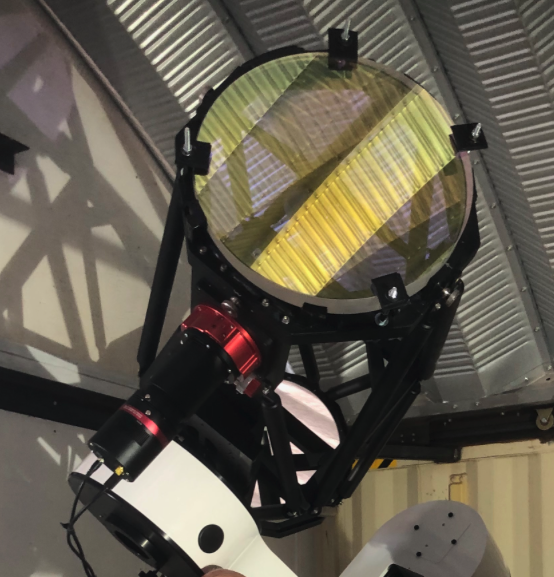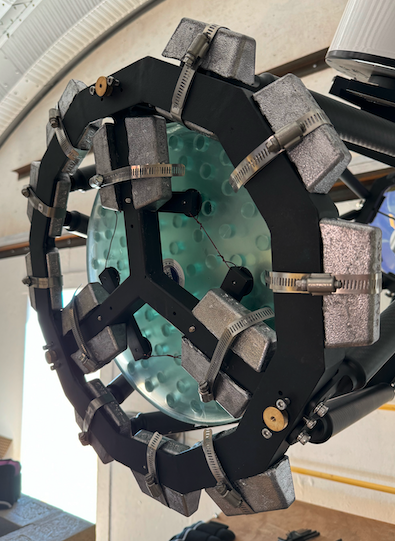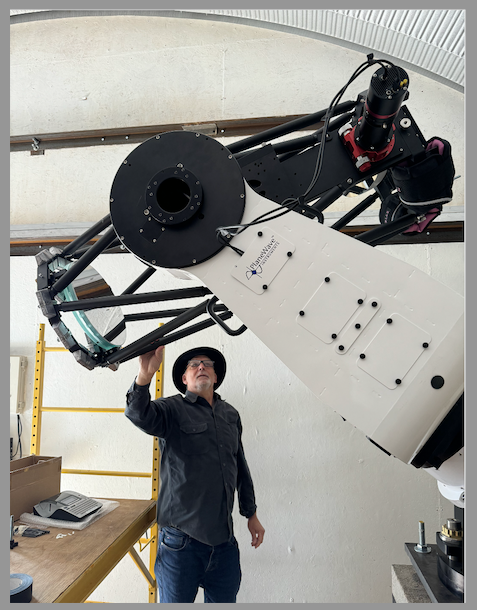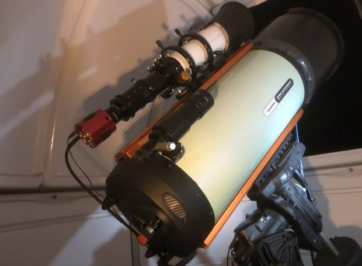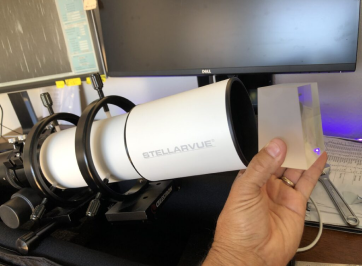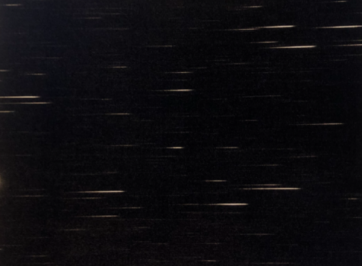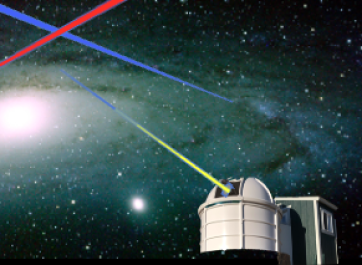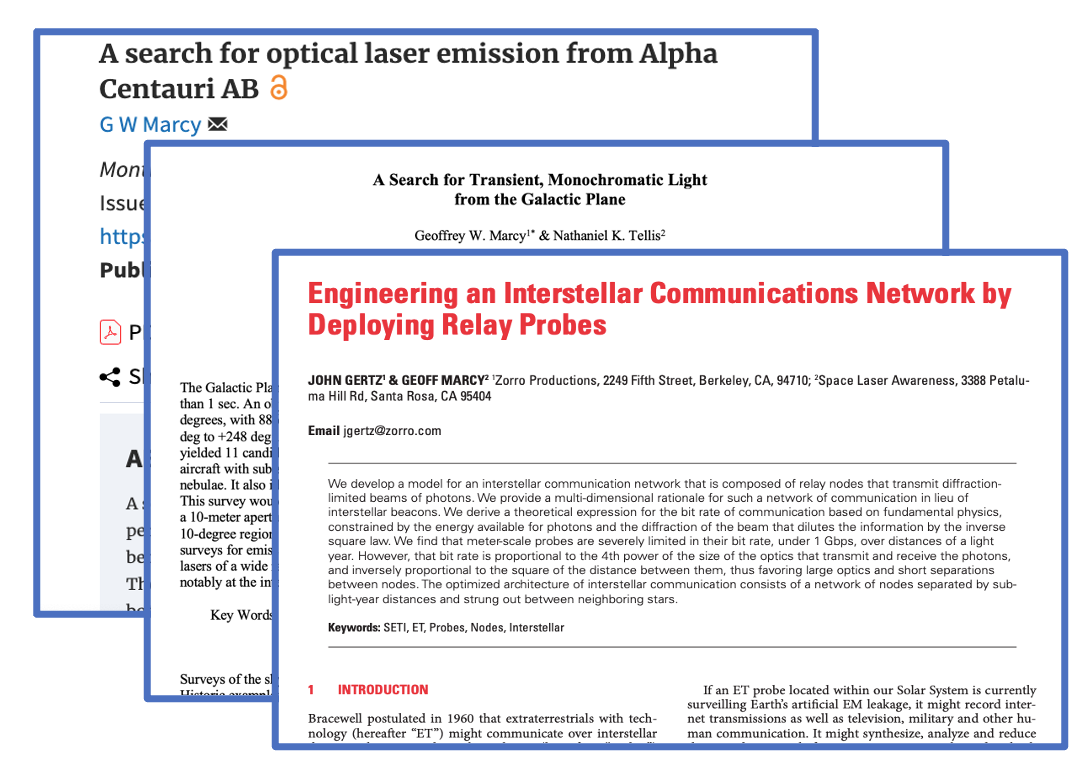ABOUT US
Searches for Laser Signals
We develop optical instruments and spectroscopic algorithms to detect laser pulses from space. Instruments include telescopes equipped with high-dispersion prisms, high-speed cameras, and high resolution spectrometers.
A pair of telescopes validates laser pulses with sub-second time resolution.
Our optics distinguish lasers from stars, planets, and solar reflections off satellites, and can detect direct laser beams and glints, including from beyond Earth (SETI).
Lasers provide:
10 Gbit/sec bandwidth, private narrow beams, compact beam launching/sensing, robust encryption, and light-speed.Global internet, environmental remote sensing, GPS positions, market latency of 19 millisec, and national security data.
Light-speed video links to the Moon, Mars, and beyond, and perhaps among civilizations in the Milky Way Galaxy, including Alpha Centauri and Proxima Centauri.
